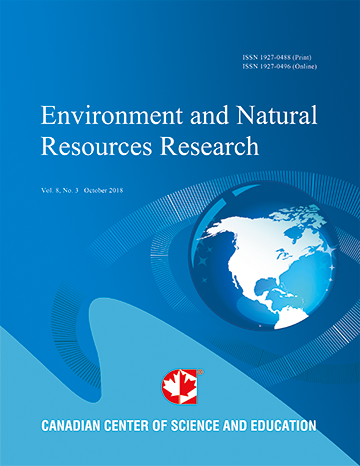A Fuzzy Linear Optimization Investigation for Cropping Patterns and Virtual Water Transfers under Water Scarcity in Gansu Province, Northern China
- Chen Zhang
- Edward McBean
Abstract
Water scarcity is occurring worldwide due to factors including climate change, population increases, and economic activity. The situation is most severe in arid areas. Based on a water supply stress index and virtual water for production, a fuzzy linear programming model is used to provide a set of solutions that contain a range of possible values rather than a specific optimal solution. The model is used to investigate cropping patterns that can obtain acceptable stress levels on local water resources for both current and future climate scenarios. Results in Gansu Province indicate that existing cropping patterns are causing extreme stress on local water resources, especially in eastern Gansu, and the stress will continue in the future if cropping patterns are not adjusted. The optimization model indicates that a considerable amount of water used is not necessarily needed, and deficits of virtual water demands can be covered by virtual water transfers. Optimal cropping patterns show that in the current scenario, total cropping areas in eastern Gansu should be reduced by up to 55% to attain acceptable water stress, and 24.2 and 22.5% for western Gansu and mid Gansu, respectively. The enormous cropping reduction in certain crops and the relatively larger decreases of cropping areas in the eastern region are indicated as a direction, to improve the balance between irrigation and municipal water needs. Virtual water transfer analysis shows that mid Gansu can be a major export region, while eastern Gansu will require large amounts of virtual water imports.- Full Text:
 PDF
PDF
- DOI:10.5539/enrr.v4n4p189
Journal Metrics
Google-based Impact Factor (2016): 6.22
h-index (November 2017): 12
i10-index (November 2017): 19
h5-index (November 2017): 11
h5-median (November 2017): 12
Index
Contact
- Emily LinEditorial Assistant
- enrr@ccsenet.org
